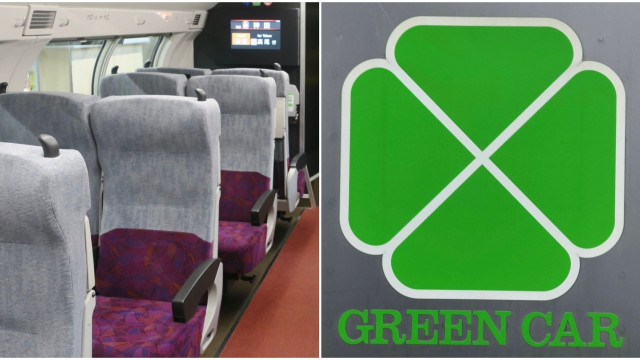JR中央線グリーン車タダ乗り問題、JR東日本の対応は? 乗車券の精算と今後の対策に迫る
The recent incident of unauthorized access to JR Chuo Line Green Cars has sparked significant concern among commuters and raised questions about JR East's response. This article delves into the details of the "free ride" issue, examines JR East's actions, and explores potential future preventative measures.
What Happened? The Unauthorized Green Car Access
Reports surfaced detailing numerous instances of passengers bypassing payment for access to the premium Green Car service on JR Chuo Line trains. This isn't a simple case of fare evasion; it involved exploiting loopholes or system failures, leading to substantial revenue loss for JR East. The exact methods used remain unclear, but speculation points towards potential issues with ticket gates and onboard ticket checks. This situation has ignited debate regarding the effectiveness of the current fare collection system.
The Impact: Financial Loss and Public Perception
The unauthorized access not only resulted in direct financial losses for JR East but also damaged their public image. The incident raises questions about the security and reliability of their fare system, potentially impacting passenger confidence. This negative publicity could lead to a decrease in ridership, particularly among those who value the premium Green Car experience.
JR East's Response: Immediate Actions and Long-Term Solutions
JR East responded swiftly to the issue, implementing several immediate actions:
- Increased ticket inspections: More frequent checks by conductors are being conducted to deter further unauthorized access.
- Strengthened gate security: Investigations are underway to identify and rectify any vulnerabilities in the ticket gate system that allowed unauthorized access.
- Public announcement: JR East issued a public apology and announcement emphasizing the importance of paying for Green Car access.
- Review of internal procedures: A comprehensive internal review is underway to identify the root causes of the problem and implement effective long-term solutions.
While these are crucial steps, the long-term solutions remain critical. JR East is reportedly exploring:
- Improved ticket gate technology: Upgrading to more secure and sophisticated ticket gates capable of preventing unauthorized access.
- Enhanced conductor training: Providing conductors with better training and tools to efficiently identify and address unauthorized Green Car usage.
- Potential introduction of new ticketing systems: Exploring the adoption of contactless payment systems or other technologies to enhance fare collection security.
What Passengers Can Do: Responsible Conduct and Reporting
Passengers play a vital role in ensuring a fair and efficient railway system. Responsible conduct includes:
- Purchasing the correct ticket: Always ensure you have the correct ticket for your desired class of travel.
- Reporting suspicious activity: If you witness unauthorized access to Green Cars, report it to station staff or onboard conductors.
- Understanding fare rules: Familiarize yourself with JR East's fare rules and regulations.
Looking Ahead: Preventing Future Incidents
The JR Chuo Line Green Car unauthorized access issue highlights the need for robust and adaptable fare collection systems. JR East's response is a crucial step, but the ongoing investigation and implementation of long-term solutions are paramount to restoring passenger confidence and preventing similar incidents in the future. The effectiveness of their response will be judged not only by the immediate actions but by the sustained efforts to ensure fare integrity and a seamless passenger experience.
Keywords: JR中央線, グリーン車, タダ乗り, JR東日本, 対応, 対策, 乗車券, 精算, Fare evasion, Green Car, JR East, Security, Ticket gates, Public transportation, Japan
(Note: This article is for informational purposes only and does not represent official statements from JR East. For the latest information, please refer to official JR East announcements.)
